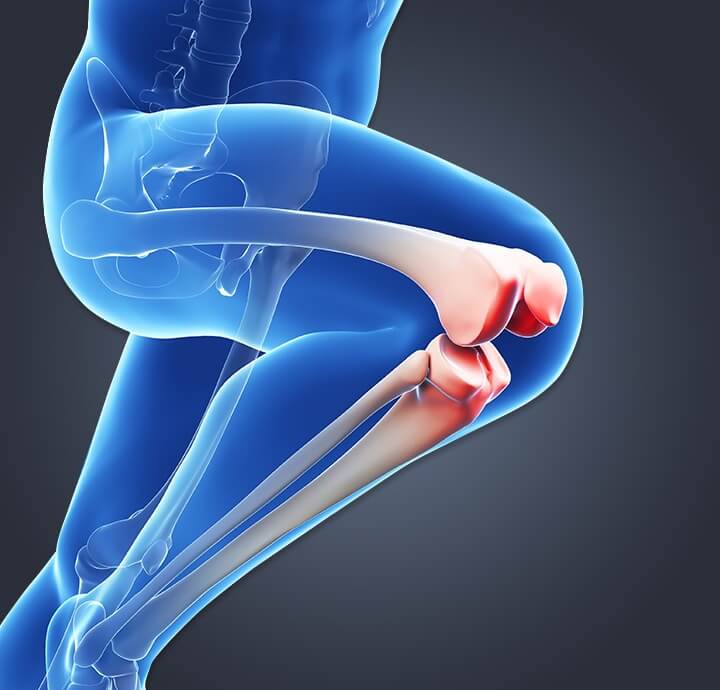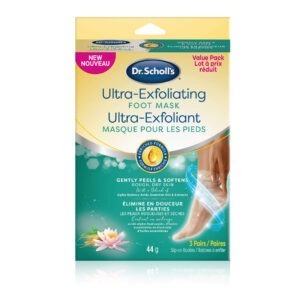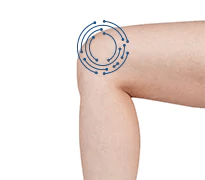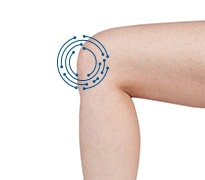The Facts on Runner’s Knee:
WHAT IS RUNNER’S KNEE?
Pain in your knees, especially during bending, could be runner’s knee. It’s less of a specific kind of injury and more of a broader category of conditions that has many causes.

More specifically, Patellofemoral Pain Syndrome, is pain between your kneecap and femur, or thigh bone, specifically in the space where they meet. And while it’s named for the many runners who’ve experienced it, you don’t have to be a runner to have runner’s knee. If you spend a lot of time bending your knees to pick up things – or even just like to walk a lot – you can experience runner’s knee pain.
WHAT CAUSES RUNNER’S KNEE?
Repeatedly running and jumping can stress out your knees, irritating the nerves of your kneecaps or the overstretched tendons that hold them in place.
For some, misalignment can also cause stress to be distributed unevenly in the knee joint, causing pain in specific areas.
Shop Products for Runner's Knee
RUNNER’S KNEE PAIN RELIEF
If you have runner’s knee symptoms, most of the time a few practical tips can help get you back to moving more comfortably. For example:
- Add insoles designed to help absorb the shock of running
- Remember RICE:
- Rest – give your knee a break so it can heal, either by reducing your activity or avoiding it altogether for a time
- Ice – keep an ice pack on for 20 minutes at a time every 3 or 4 hours for up to 3 days until the pain is gone
- Compression – wrap the knee and give it some extra support
- Elevation – prop up your leg on a pillow while you’re resting to further lighten the load
- Do special stretching and strengthening exercises, as recommended and under the supervision of your doctor.
Not a medical diagnosis. For information purposes only. If you have diabetes, poor blood circulation, or fragile skin, or symptoms are severe or persist, consult your podiatrist or physician before using products.




